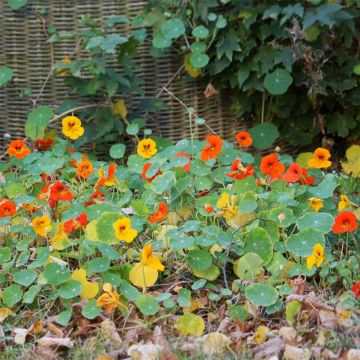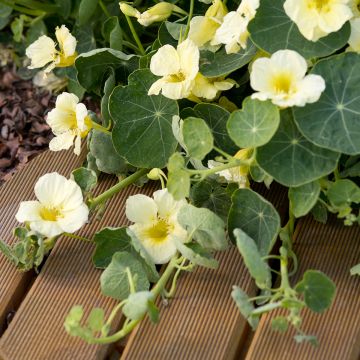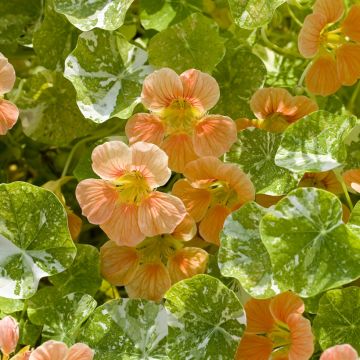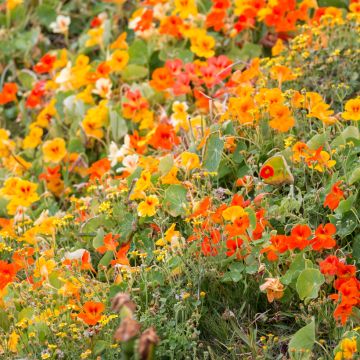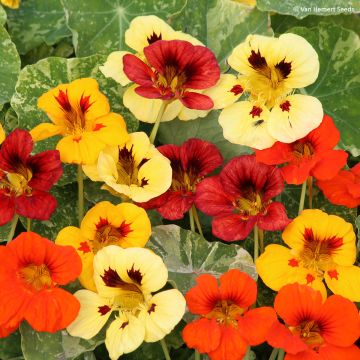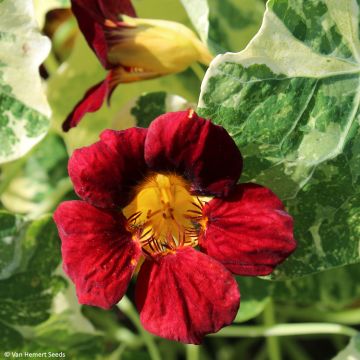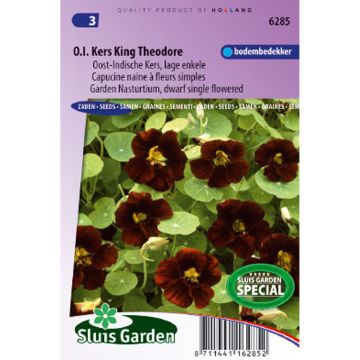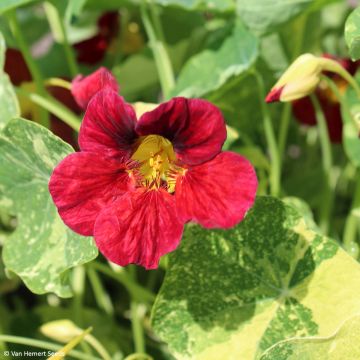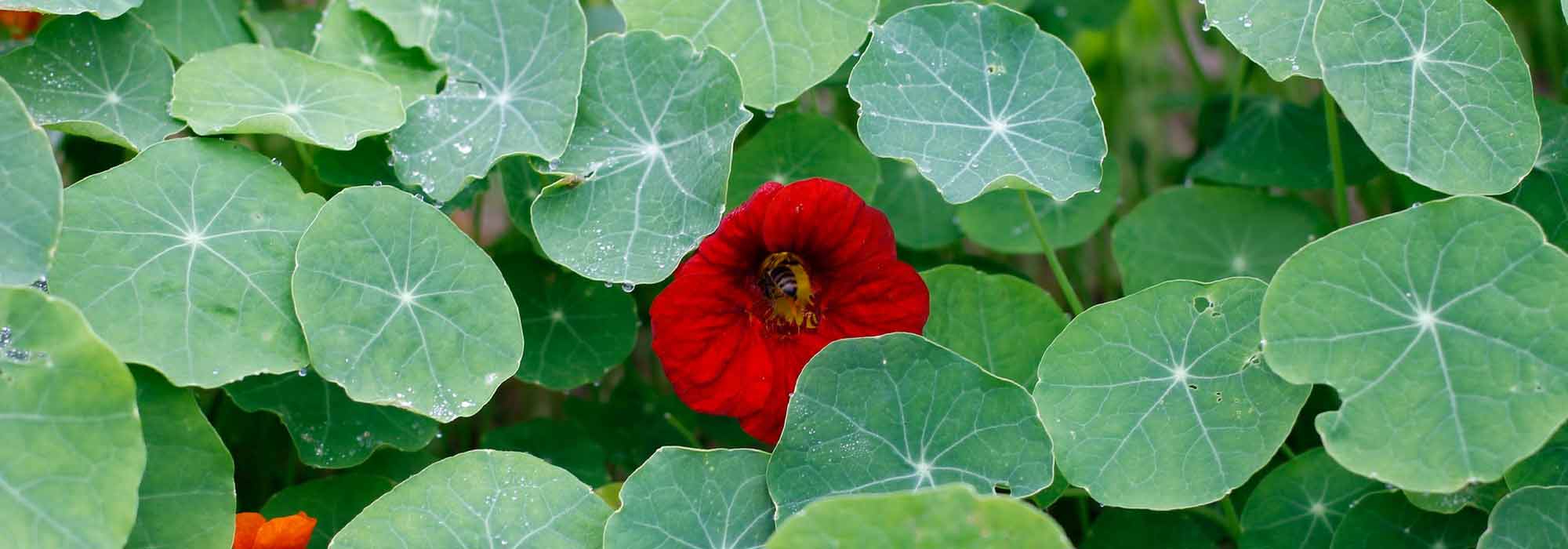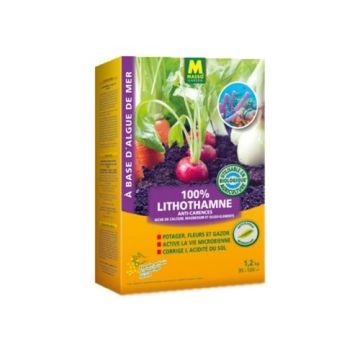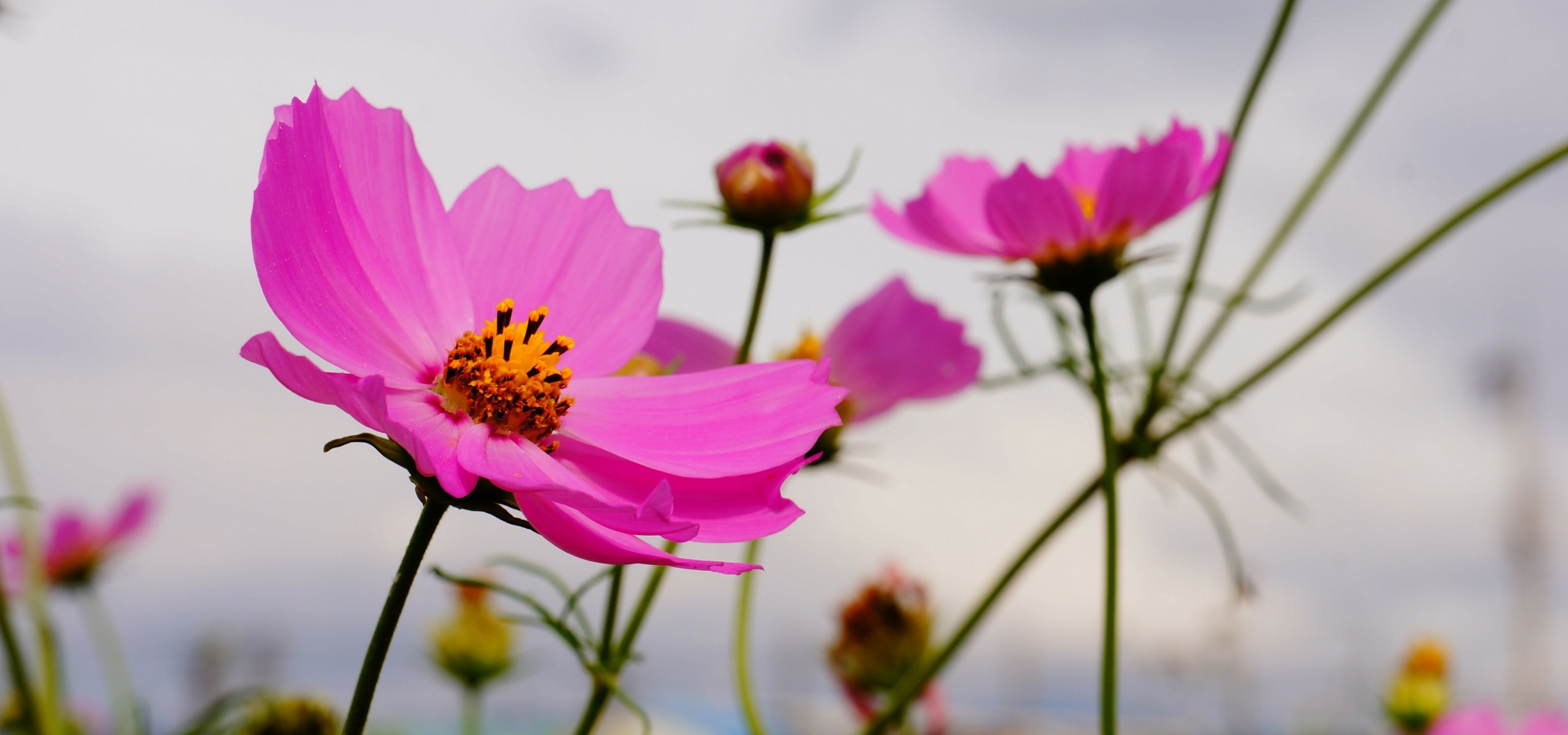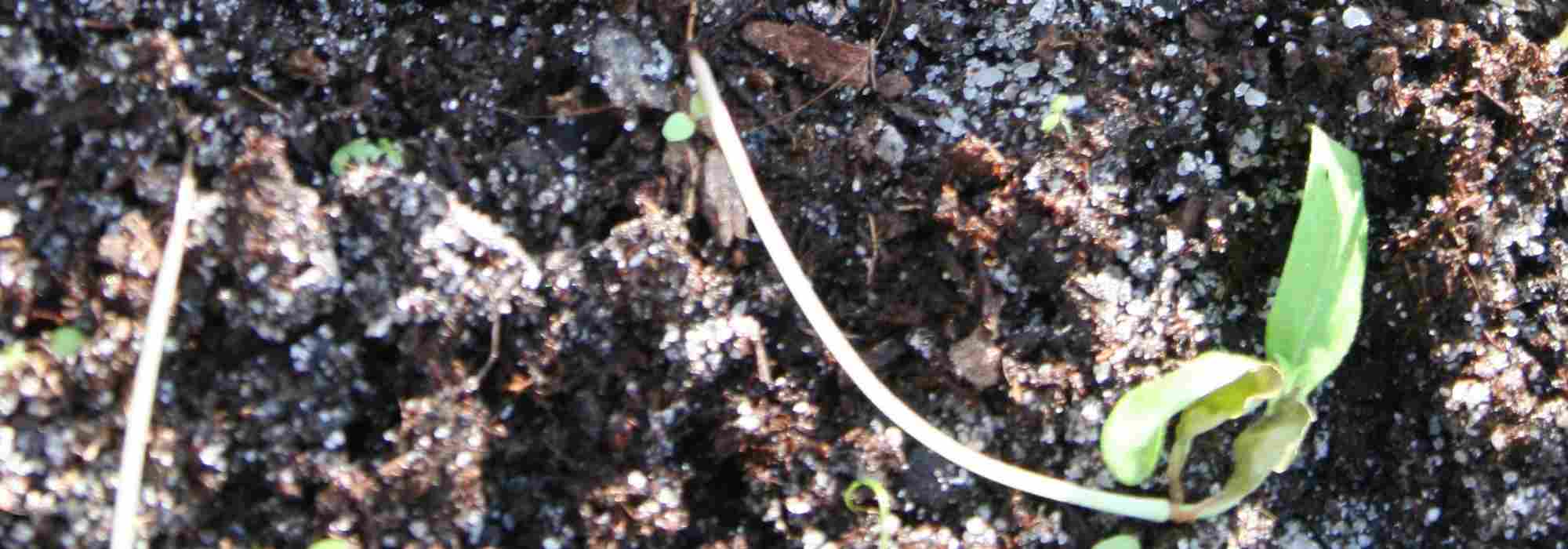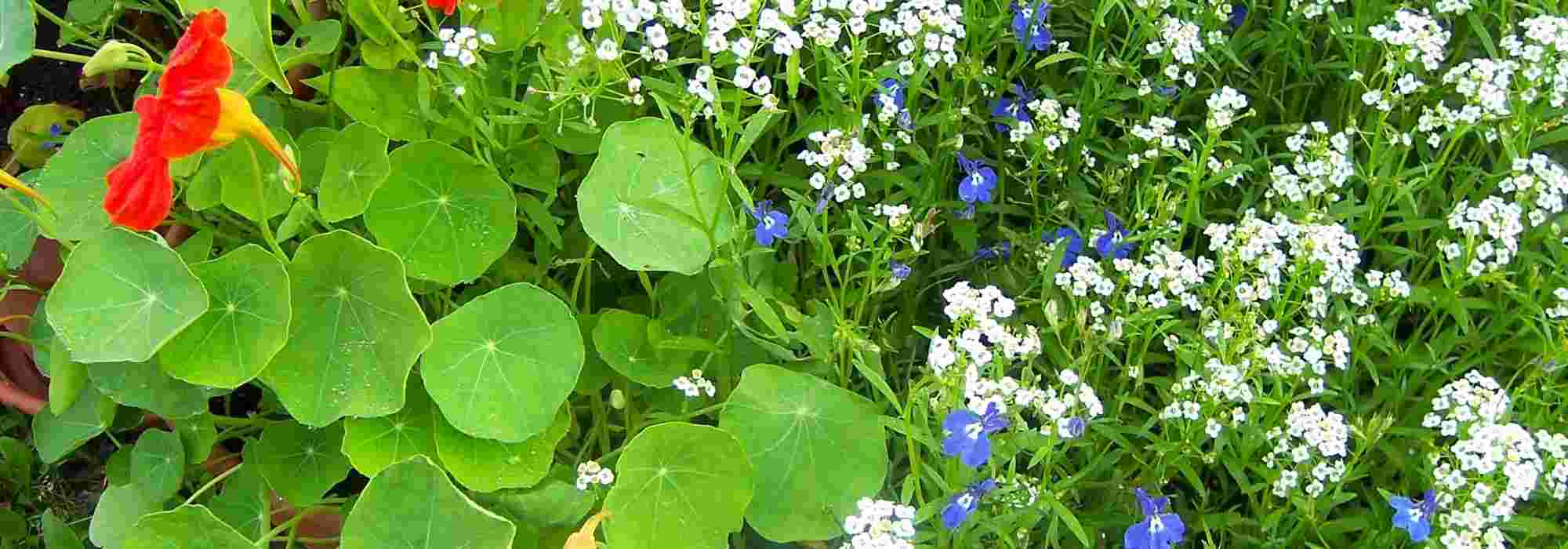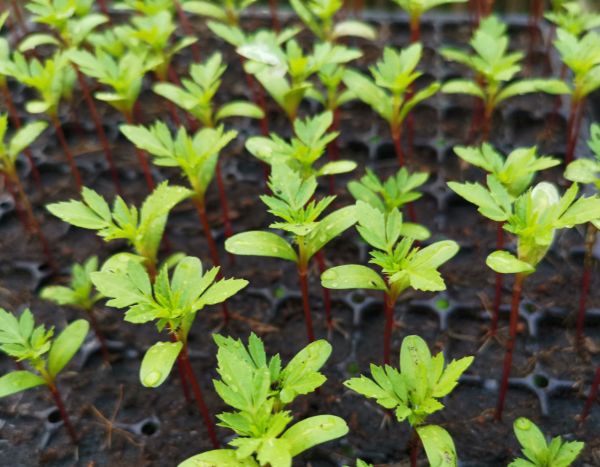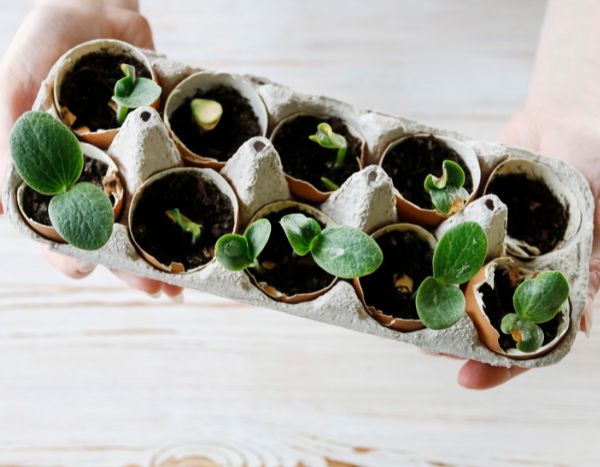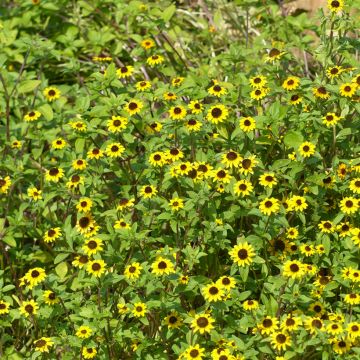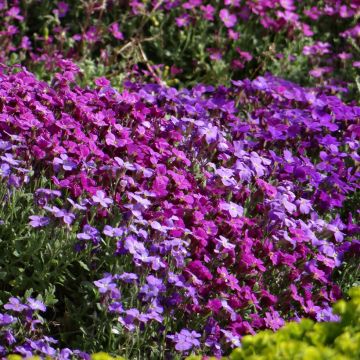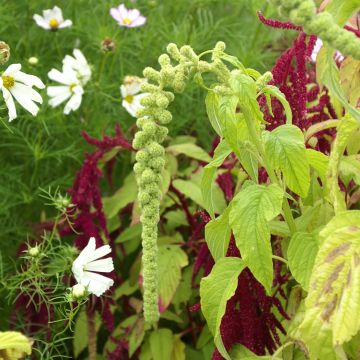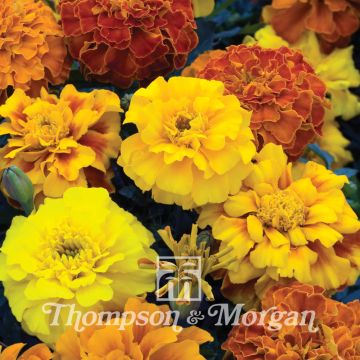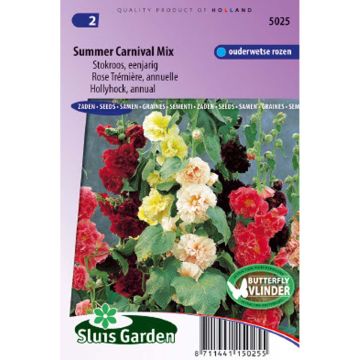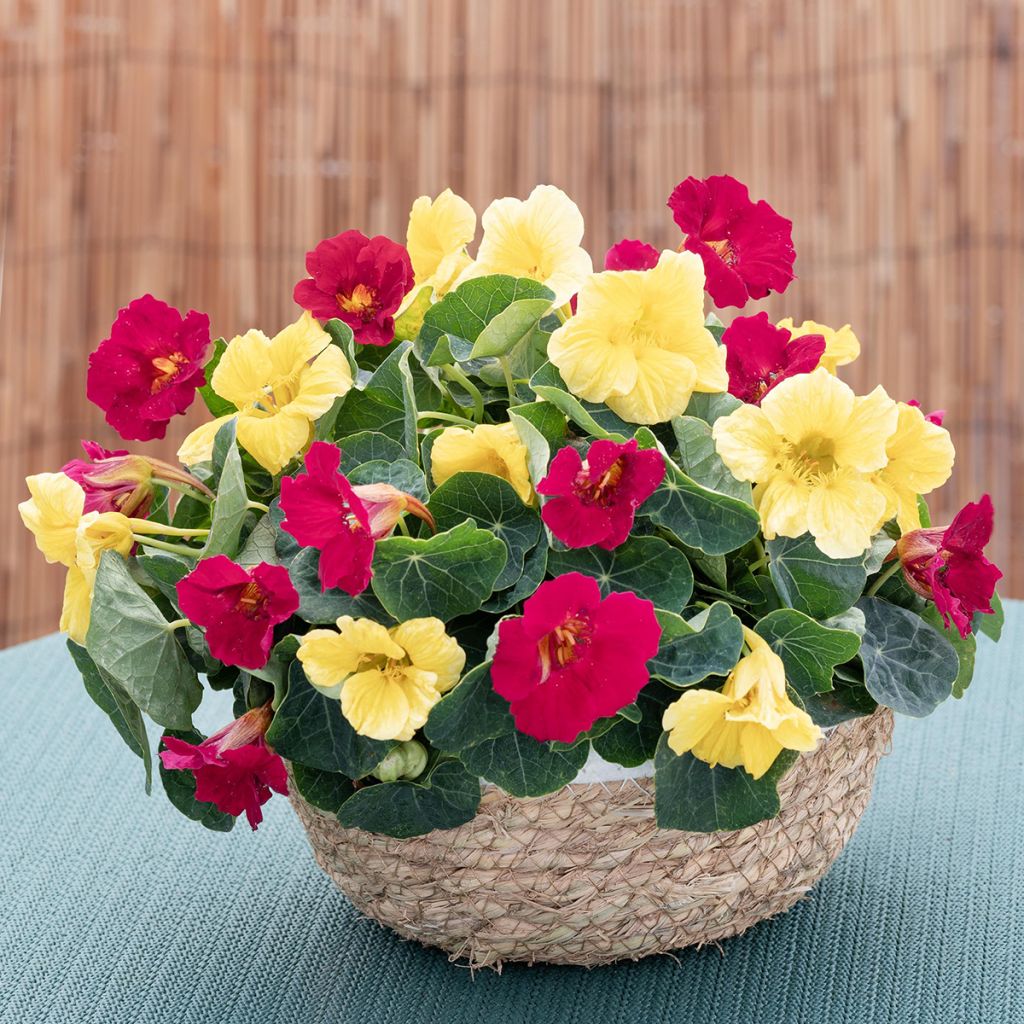

Tropaeolum minus Baby Lemon Raspberry - Dwarf Nasturtium
Tropaeolum minus Baby Lemon Raspberry - Dwarf Nasturtium
Tropaeolum minus Baby Lemon Raspberry
Dwarf Nasturtium
Special offer!
Receive a €20 voucher for any order over €90 (excluding delivery costs, credit notes, and plastic-free options)!
1- Add your favorite plants to your cart.
2- Once you have reached €90, confirm your order (you can even choose the delivery date!).
3- As soon as your order is shipped, you will receive an email containing your voucher code, valid for 3 months (90 days).
Your voucher is unique and can only be used once, for any order with a minimum value of €20, excluding delivery costs.
Can be combined with other current offers, non-divisible and non-refundable.
Why not try an alternative variety in stock?
View all →This plant carries a 6 months recovery warranty
More information
We guarantee the quality of our plants for a full growing cycle, and will replace at our expense any plant that fails to recover under normal climatic and planting conditions.
Would this plant suit my garden?
Set up your Plantfit profile →
Description
The Tropaeolum minus 'Baby Lemon Raspberry' is a duo of dwarf nasturtia that produce chick-yellow and raspberry-red flowers depending on the plant. Very compact and neat in appearance, these nasturtia are perfect for decorating pots, hanging baskets and flowerbed borders. Frost-tender, they are sown in spring and grown as annuals without difficulty.
The dwarf nasturtium Tropaeolum minus 'Baby Lemon Raspberry' is a compact and colourful variety resulting from a mix of two dwarf cultivars with delicious hues: one is a bright pastel yellow reminiscent of sweet lemon, the other a red leaning towards raspberry. Native to the tropical Andes, the type species Tropaeolum minus belongs to the Tropaeolaceae family. Although it is a perennial in its natural habitat, it behaves as a strict annual in our climates: it germinates, grows, flowers and produces its seeds in a single season, before being destroyed by frost. Each plant develops rapidly to form a dense, rounded clump 25 to 30 cm tall and about 30 to 35 cm wide. Its rounded, bluish-green leaves form an attractive contrast with the flowers that bloom all summer long, from June to September-October. Each flower, with five slightly ruffled petals and a small spur, attracts pollinators, particularly bumblebees, which ensure its pollination. After flowering, the plant produces plump seeds, the size of a small pea, which can be easily harvested and sown the following year.
With its compact habit and fruity colours, the nasturtium 'Baby Lemon Raspberry' is perfect for brightening up planters, hanging baskets or sunny borders where it spreads a striking floral carpet all summer long. It is adored in romantic pots, mixed with the delicate flowers of baby's breath 'Covent Garden' or the small white pompons of cornflower 'Snowman'. In the ground, it forms a charming duo with cosmos 'Sonata Carmin' for a touch of raspberry pink in echo, or with the sage 'Strata' with its blue and silver spikes. Resilient and generous, it is content with well-drained soil and a good dose of sunshine to shine all summer long, effortlessly.
In the vegetable garden and orchard, it helps to eliminate harmful insects. Its edible leaves and flowers can be added raw to salads, sauces and mayonnaise. They have a pungent, aromatic flavour reminiscent of garden cress. The flower buds and young fruits can also be preserved in vinegar, offering an alternative to capers.
The nasturtium owes its vernacular name to the spur on its flowers reminiscent of the hood of a Capuchin monk's habit. It is a medicinal and aromatic plant.
Flowering
Foliage
Plant habit
Botanical data
Tropaeolum
minus
Baby Lemon Raspberry
Tropaeolaceae
Dwarf Nasturtium
Cultivar or hybrid
Planting and care
Sow Baby Lemon Raspberry Nasturtiums directly outdoors in their final position from March to May. Choose a location in full sun in well-drained soil that has been thoroughly loosened beforehand. Sow the nasturtium seeds at a depth of 2 cm in rows spaced 30 cm apart, covering the seeds with a layer equal to their size. Water the soil regularly, especially during dry periods. Germination typically takes 7 to 12 days.
When the young plants are large enough to handle, thin them out to keep one plant every 30 cm. You can also sow Nasturtia indoors at a temperature of 15-25°C. When the nasturtium plants are large enough to handle, proceed with transplanting and grow them in cooler conditions until they reach a sufficient size to be planted outdoors. This should be carried out once all risk of frosts has passed.
Nasturtia appreciate cool, well-drained soil in sun or partial shade. They are frequently prey to aphids and cabbage white butterflies. Spraying with a compound of traditional black soap and water (4 to 5 cc / 1 l of water) will help limit damage in case of a massive aphid attack.
Sowing period
Intended location
Planting & care advice
This item has not been reviewed yet - be the first to leave a review about it.
Similar products
Haven't found what you were looking for?
Hardiness is the lowest winter temperature a plant can endure without suffering serious damage or even dying. However, hardiness is affected by location (a sheltered area, such as a patio), protection (winter cover) and soil type (hardiness is improved by well-drained soil).

Photo Sharing Terms & Conditions
In order to encourage gardeners to interact and share their experiences, Promesse de fleurs offers various media enabling content to be uploaded onto its Site - in particular via the ‘Photo sharing’ module.
The User agrees to refrain from:
- Posting any content that is illegal, prejudicial, insulting, racist, inciteful to hatred, revisionist, contrary to public decency, that infringes on privacy or on the privacy rights of third parties, in particular the publicity rights of persons and goods, intellectual property rights, or the right to privacy.
- Submitting content on behalf of a third party;
- Impersonate the identity of a third party and/or publish any personal information about a third party;
In general, the User undertakes to refrain from any unethical behaviour.
All Content (in particular text, comments, files, images, photos, videos, creative works, etc.), which may be subject to property or intellectual property rights, image or other private rights, shall remain the property of the User, subject to the limited rights granted by the terms of the licence granted by Promesse de fleurs as stated below. Users are at liberty to publish or not to publish such Content on the Site, notably via the ‘Photo Sharing’ facility, and accept that this Content shall be made public and freely accessible, notably on the Internet.
Users further acknowledge, undertake to have ,and guarantee that they hold all necessary rights and permissions to publish such material on the Site, in particular with regard to the legislation in force pertaining to any privacy, property, intellectual property, image, or contractual rights, or rights of any other nature. By publishing such Content on the Site, Users acknowledge accepting full liability as publishers of the Content within the meaning of the law, and grant Promesse de fleurs, free of charge, an inclusive, worldwide licence for the said Content for the entire duration of its publication, including all reproduction, representation, up/downloading, displaying, performing, transmission, and storage rights.
Users also grant permission for their name to be linked to the Content and accept that this link may not always be made available.
By engaging in posting material, Users consent to their Content becoming automatically accessible on the Internet, in particular on other sites and/or blogs and/or web pages of the Promesse de fleurs site, including in particular social pages and the Promesse de fleurs catalogue.
Users may secure the removal of entrusted content free of charge by issuing a simple request via our contact form.
The flowering period indicated on our website applies to countries and regions located in USDA zone 8 (France, the United Kingdom, Ireland, the Netherlands, etc.)
It will vary according to where you live:
- In zones 9 to 10 (Italy, Spain, Greece, etc.), flowering will occur about 2 to 4 weeks earlier.
- In zones 6 to 7 (Germany, Poland, Slovenia, and lower mountainous regions), flowering will be delayed by 2 to 3 weeks.
- In zone 5 (Central Europe, Scandinavia), blooming will be delayed by 3 to 5 weeks.
In temperate climates, pruning of spring-flowering shrubs (forsythia, spireas, etc.) should be done just after flowering.
Pruning of summer-flowering shrubs (Indian Lilac, Perovskia, etc.) can be done in winter or spring.
In cold regions as well as with frost-sensitive plants, avoid pruning too early when severe frosts may still occur.
The planting period indicated on our website applies to countries and regions located in USDA zone 8 (France, United Kingdom, Ireland, Netherlands).
It will vary according to where you live:
- In Mediterranean zones (Marseille, Madrid, Milan, etc.), autumn and winter are the best planting periods.
- In continental zones (Strasbourg, Munich, Vienna, etc.), delay planting by 2 to 3 weeks in spring and bring it forward by 2 to 4 weeks in autumn.
- In mountainous regions (the Alps, Pyrenees, Carpathians, etc.), it is best to plant in late spring (May-June) or late summer (August-September).
The harvesting period indicated on our website applies to countries and regions in USDA zone 8 (France, England, Ireland, the Netherlands).
In colder areas (Scandinavia, Poland, Austria...) fruit and vegetable harvests are likely to be delayed by 3-4 weeks.
In warmer areas (Italy, Spain, Greece, etc.), harvesting will probably take place earlier, depending on weather conditions.
The sowing periods indicated on our website apply to countries and regions within USDA Zone 8 (France, UK, Ireland, Netherlands).
In colder areas (Scandinavia, Poland, Austria...), delay any outdoor sowing by 3-4 weeks, or sow under glass.
In warmer climes (Italy, Spain, Greece, etc.), bring outdoor sowing forward by a few weeks.






























